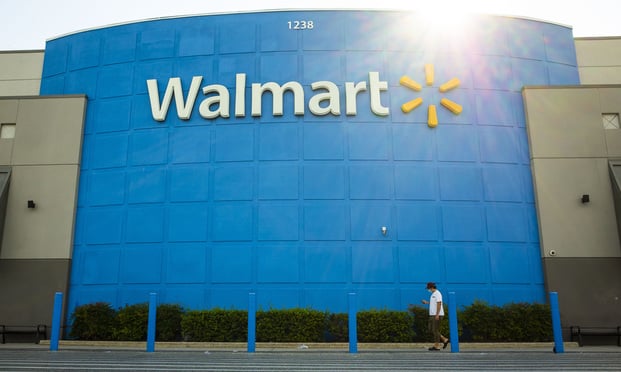 The growingnumber of uninsureds in non-expansion states shows a vulnerabilityto market and policy changes in the marketplace and privatenon-group coverage in the wake of the Affordable Care Act.
The growingnumber of uninsureds in non-expansion states shows a vulnerabilityto market and policy changes in the marketplace and privatenon-group coverage in the wake of the Affordable Care Act.
A strong economy during 2017 and 2018 didn't do anything to stemthe decrease in Americans aged 64 and younger from obtaining healthinsurance, according to researchers from the UrbanInstitute.
The Washington D.C.-based think tank's report, funded by theRobert Wood Johnson Foundation, found that policies that reducedmarketing, access, and affordability of private insurance hamperedenrollment among the non-elderly.
Continue Reading for Free
Register and gain access to:
- Breaking benefits news and analysis, on-site and via our newsletters and custom alerts
- Educational webcasts, white papers, and ebooks from industry thought leaders
- Critical converage of the property casualty insurance and financial advisory markets on our other ALM sites, PropertyCasualty360 and ThinkAdvisor
Already have an account? Sign In Now
© 2024 ALM Global, LLC, All Rights Reserved. Request academic re-use from www.copyright.com. All other uses, submit a request to [email protected]. For more information visit Asset & Logo Licensing.








